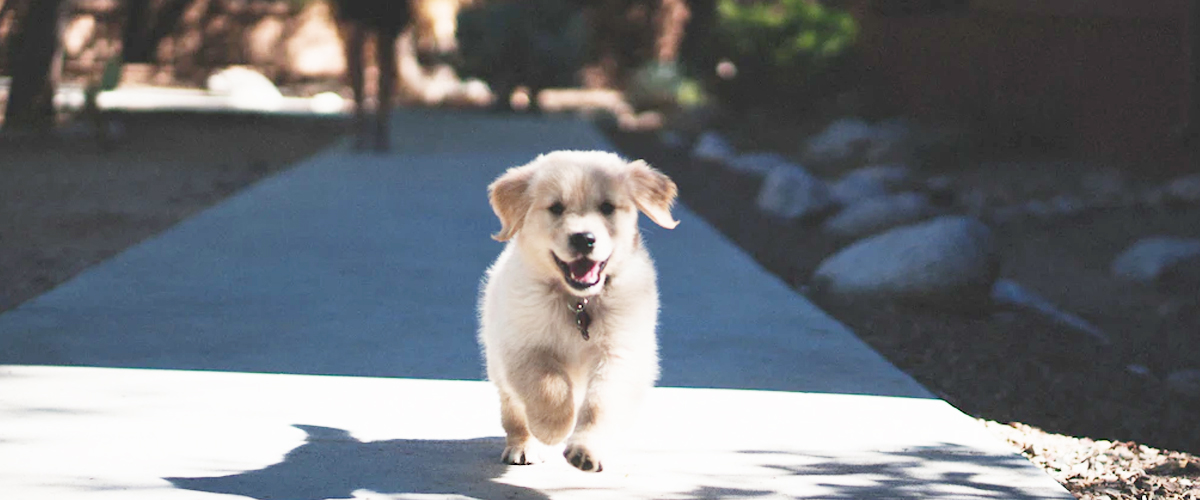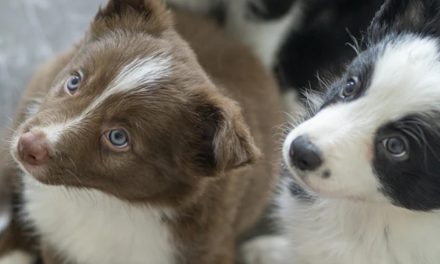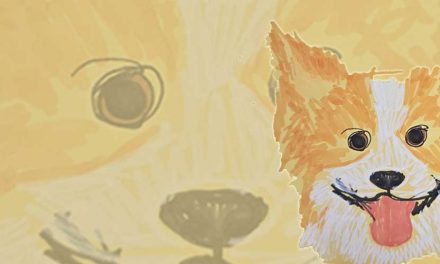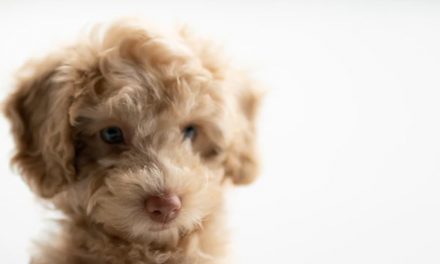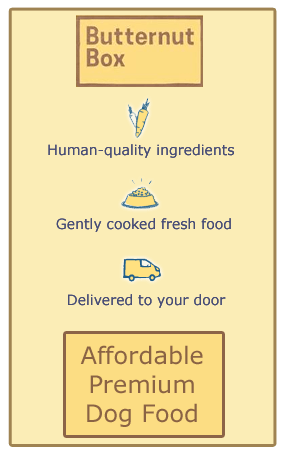Puppies have an innate ability to communicate, and one of the most endearing aspects of their behavior is their use of sounds.
From soft whines to playful barks, the vocalizations of a puppy are not merely noises; they are a vital part of the bond they forge with their human companions.
Understanding how these sounds function can enhance the relationship between a puppy and its owner, creating a deeper, more meaningful connection.
THE LANGUAGE OF SOUNDS
Puppies are vocal learners, using sounds as a primary means of expression long before they master body language or gestures.
At just a few weeks old, they begin to vocalize with soft whimpers and growls, expressing their needs and emotions.
As a pet owner, being attuned to these sounds is crucial.
Each whimper may indicate hunger, discomfort, or a desire for attention, while playful barks signal excitement and the wish to engage in play.
In essence, puppies use sounds to convey a variety of messages, and as they grow, they refine this communication.
A high-pitched yip might mean they are excited or want to initiate a game, while a deeper bark can signal alertness or concern.
Paying attention to these subtle differences not only helps owners respond appropriately but also strengthens the emotional bond by fostering an environment of understanding and trust.
BUILDING TRUST THROUGH COMMUNICATION
Sound plays a critical role in social bonding.
When a puppy vocalises, it often seeks a response from its owner.
This interaction can become a foundational ritual that enhances their relationship.
For instance, when a puppy barks for attention and the owner responds with affection or play, it reinforces the puppy’s understanding that its vocalizations have value and importance.
This cycle of communication fosters trust.
The more owners respond positively to their puppy’s sounds, the more the puppy feels secure in expressing itself.
As trust grows, the puppy learns to rely on its human companion for comfort, safety, and interaction.
This mutual responsiveness can be incredibly fulfilling for both puppy and owner, leading to a harmonious and joyful household.
TRAINING AND VOCALIZATION
Training is another crucial aspect of how puppies use sound to connect with their humans.
Sound can be a powerful tool in positive reinforcement.
For example, a simple “good boy” or a gentle “no” can guide behavior and create a shared language between the puppy and the owner.
Puppies are particularly responsive to human voices and tones.
Using a cheerful tone during training can motivate a puppy to learn commands and cues.
Their excitement at hearing positive sounds encourages them to repeat desired behaviors.
Over time, as they associate commands with specific sounds and the positive feelings that follow, their recognition enhances the bond.
EMOTIONAL CONNECTION THROUGH SOUNDS
Puppy sounds also carry emotional weight.
When a puppy expresses joy through excited barks or soft playful growls, it shares its happiness, creating an emotional resonance with its human companion.
Conversely, if a puppy whimpers or howls, it can indicate distress or loneliness, prompting the human to provide support and reassurance.
In moments when a puppy is anxious, vocalizations can become a signal for the owner to offer comfort.
This responsive interaction helps puppies feel secure and understood.
Over time, as they learn that sounds prompt reactions from their humans, the emotional connection deepens, leading to a strong, trusting bond.
CONCLUSION
Puppies’ sounds are more than just cute noises; they are essential tools for communication and connection.
As owners learn to interpret these vocal cues, they foster a deeper understanding of their furry companions.
Through consistent interaction, training, and emotional support, the bond between puppies and their humans flourishes, leading to a happy, loving partnership.
By embracing the sounds that puppies make, we not only enhance their lives but also enrich our own, creating a unique and cherished relationship that will last a lifetime.

